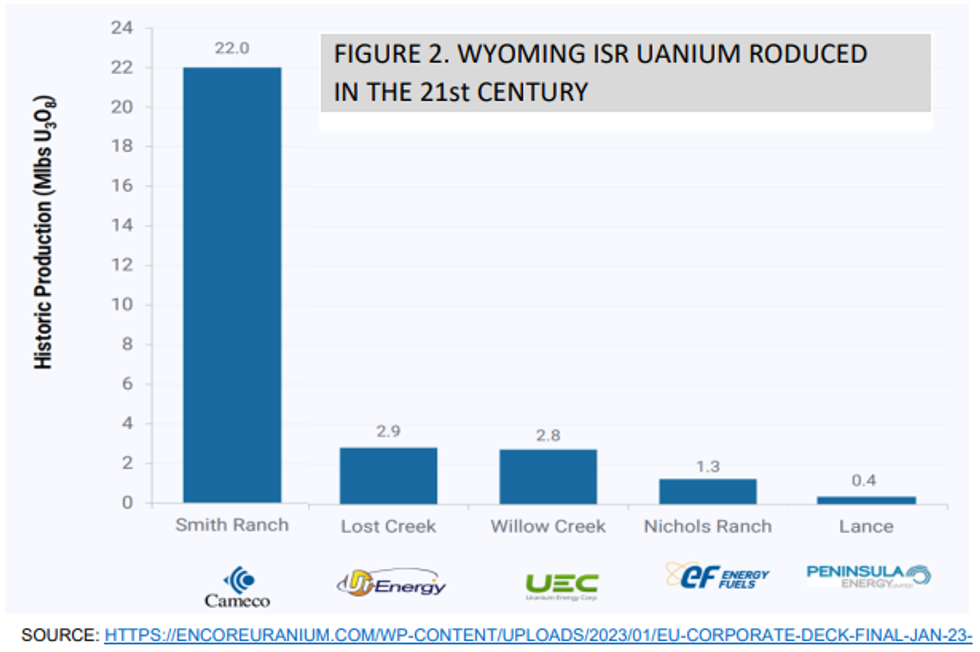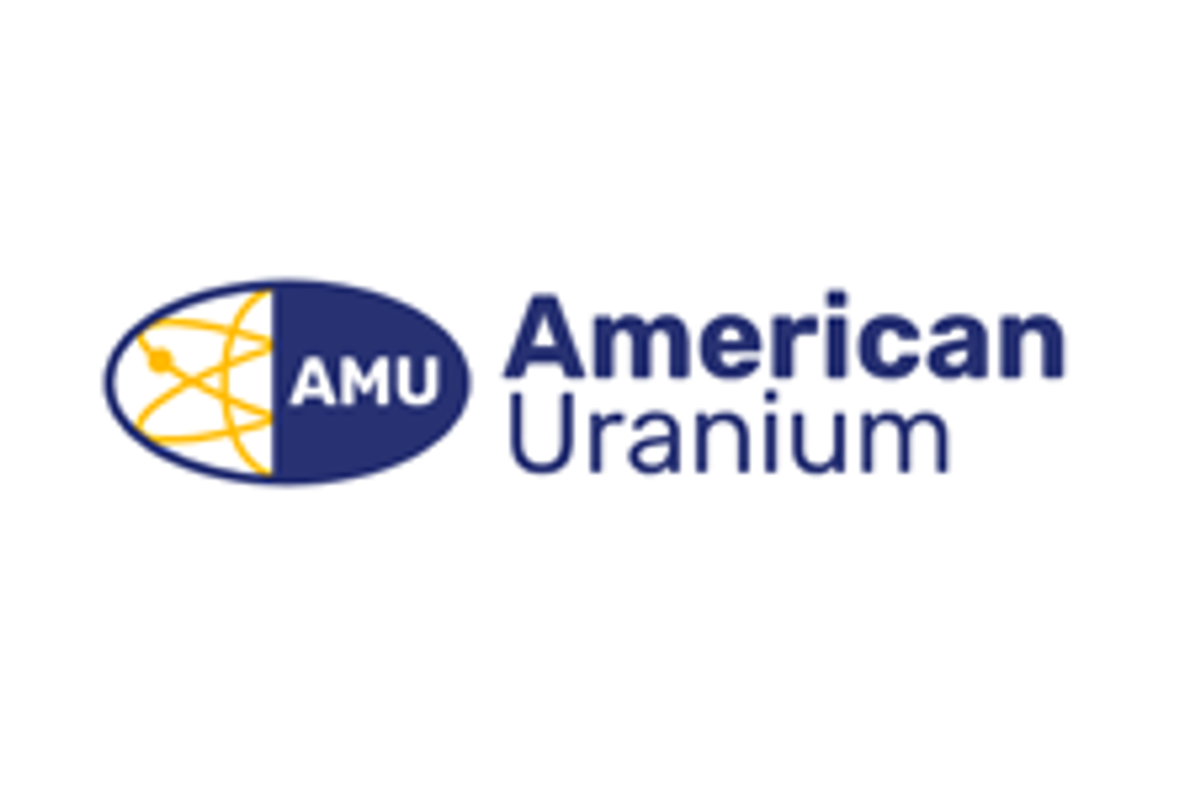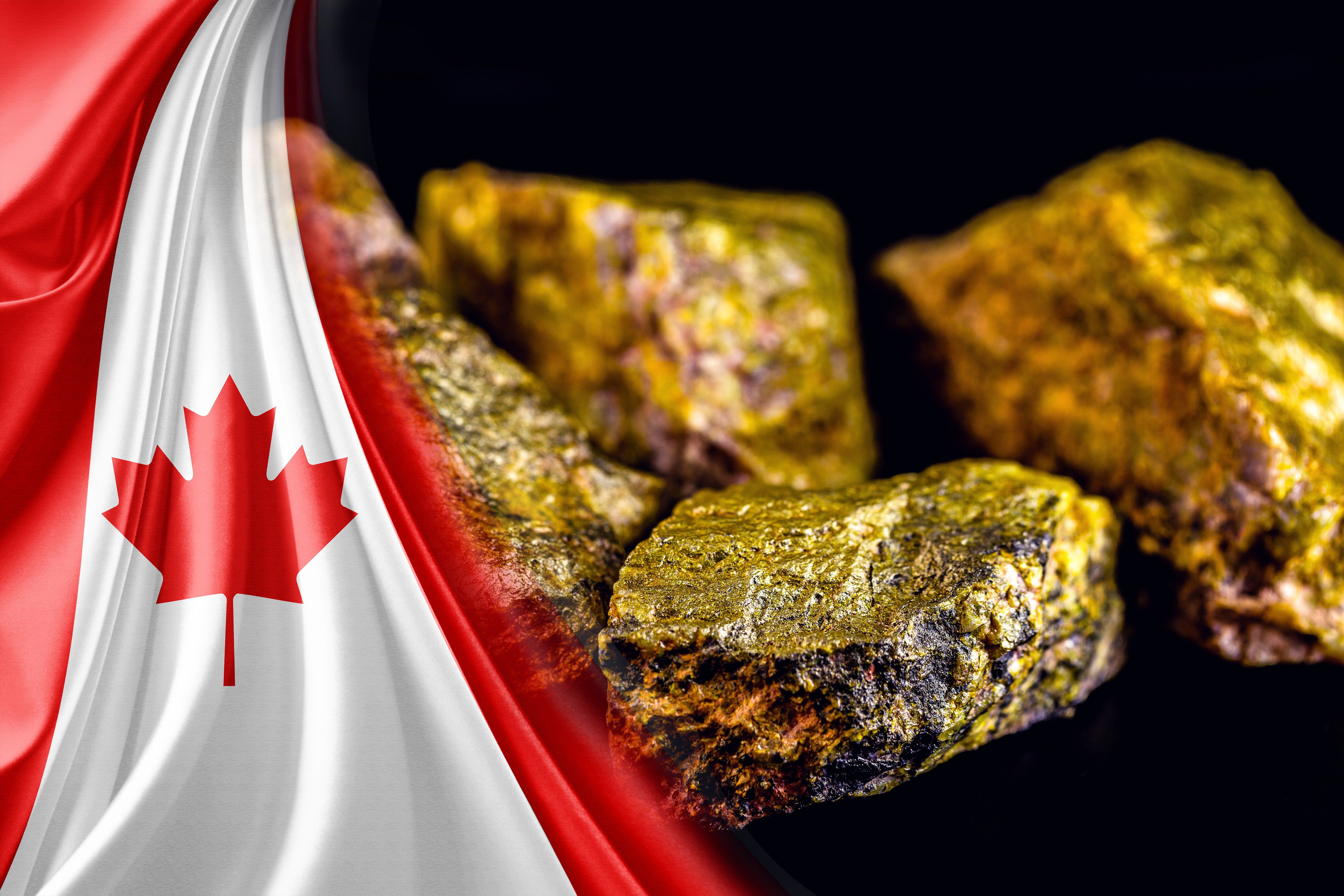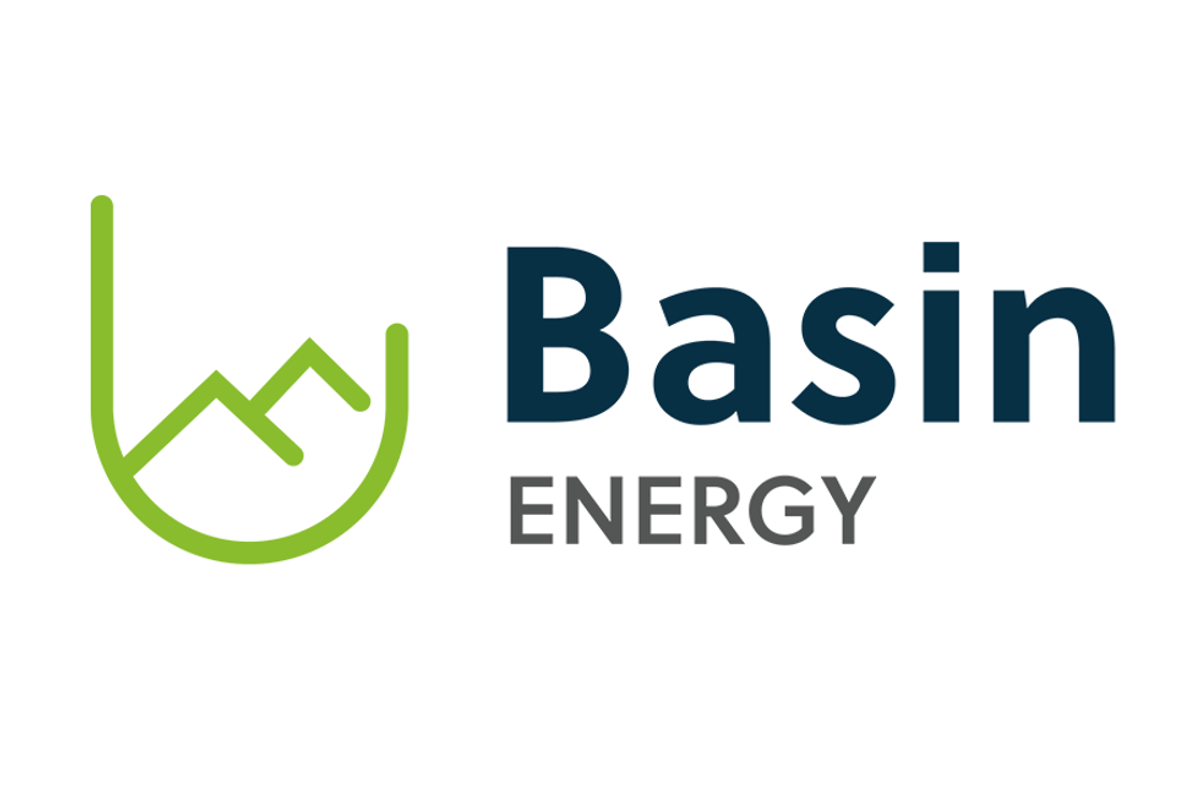
February 20, 2023
GTI Energy Ltd (GTI or Company) is pleased to advise that it has secured unpatented mineral lode claims covering circa 8,000 acres (~3,500 hectares), known as the Lo Herma Project, in Wyoming’s prolific Powder River Basin uranium district (Figures 1 & 2) (Lo Herma Project).
Highlights
- Significant mineral claims secured via staking of ~8,000 acres in Wyoming’s prolific Powder River Basin, ISR uranium district
- Claims located within 10 miles of Cameco’s Smith Ranch-Highland ISR uranium production plant – the largest production site in Wyoming
- Located in proximity to 5 permitted ISR uranium production facilities & several satellite uranium deposits, all within ~50 miles
- Cameco’s president and CEO said demand for nuclear power is driving the “best fundamentals ever seen” for the nuclear fuel market1
LO HERMA PROJECT – LOCATION & BACKGROUND
The Lo Herma Project (Lo Herma or Project) is located in Converse County, Powder River Basin (PRB), Wyoming. The project lies approximately 15 miles north of the town of Glenrock (WY) and within ~50 miles of five (5) permitted ISR production facilities. These facilities include UEC’s Willow Creek (Irigaray & Christensen Ranch) & Reno creek ISR plants, Cameco’s Smith Ranch-Highland ISR facilities and Energy Fuels Nichols Ranch ISR plant (Figure 1). The Powder River Basin has an extensive ISR uranium production history and has been the backbone of Wyoming uranium production since the 1970s. Cameco’s Smith Ranch-Hyland operation has been the largest uranium production contributor, by a significant margin, in recent times (Figure 2).
GTI is expanding and diversifying its Wyoming uranium asset portfolio at a time when demand for nuclear power is driving the “best fundamentals ever seen” for the nuclear fuel market, according to Tim Gitzel, Cameco’s president and CEO1.
GTI Executive Director Bruce Lane commented “We are extremely excited about the potential of the newly staked Lo Herma property in Wyoming’s Powder River Basin. The project is located in Wyoming’s most prolific production district within 10 miles of Wyoming’s largest ISR uranium production site at Cameco’s Smith Ranch-Highland. We believe that Lo Herma has the potential to become a significant asset for GTI as we continue to build and diversify our Wyoming uranium portfolio.”


NEW CLAIMS SECURED AT THOR
GTI has successfully staked additional Lode Claims covering ~250 acres at the Thor project in the Great Divide Basin. The new claims abut the eastern section of the existing Thor claims & south of Thor’s state sections (Figure 3). The new claims are positioned on well mineralised trends identified during GTI’s drilling campaigns and are expected to allow GTI to extend the existing interpreted trend lengths into the new claim area.
Click here for the full ASX Release
This article includes content from GTI Energy, licensed for the purpose of publishing on Investing News Australia. This article does not constitute financial product advice. It is your responsibility to perform proper due diligence before acting upon any information provided here. Please refer to our full disclaimer here.
GTR:AU

Sign up to get your FREE
American Uranium Investor Kit
and hear about exciting investment opportunities.
- Corporate info
- Insights
- Growth strategies
- Upcoming projects
GET YOUR FREE INVESTOR KIT
The Conversation (0)
15 December
American Uranium
Disrupting the uranium supply chain through highly prospective ISR projects in Wyoming
Disrupting the uranium supply chain through highly prospective ISR projects in Wyoming Keep Reading...
11 August
Snow Lake Completes Due Diligence and Confirms Placement
GTI Energy (GTR:AU) has announced Snow Lake Completes Due Diligence and Confirms PlacementDownload the PDF here. Keep Reading...
28 July
Quarterly Activities/Appendix 5B Cash Flow Report
GTI Energy (GTR:AU) has announced Quarterly Activities/Appendix 5B Cash Flow ReportDownload the PDF here. Keep Reading...
23 July
Lo Herma Drilling Permit & Contract Confirmed
GTI Energy (GTR:AU) has announced Lo Herma Drilling Permit & Contract ConfirmedDownload the PDF here. Keep Reading...
14 July
Company Update - Name Change to 'American Uranium Limited'
GTI Energy (GTR:AU) has announced Company Update - Name Change to 'American Uranium Limited'Download the PDF here. Keep Reading...
10 July
Placement Shares Issued & Drilling Approval Expected August
GTI Energy (GTR:AU) has announced Placement Shares Issued & Drilling Approval Expected AugustDownload the PDF here. Keep Reading...
19 December
Ben Finegold: Uranium in 2026 — Price Outlook, Plus Stocks, Supply and Demand
Ben Finegold, head of research at Ocean Wall, shares his 2026 outlook for uranium supply, demand and prices, emphasizing that the nuclear energy story remains strong. While 2025 brought little movement in the spot price, he believes the stage is set for higher numbers. Don't forget to follow us... Keep Reading...
19 December
Denison, Skyharbour Finalize Saskatchewan Uranium Joint Venture Deal
Denison Mines (TSX:DML,NYSEAMERICAN:DNN) has closed a previously announced deal with Skyharbour Resources (TSXV:SYH,OTCQX:SYHBF) that repurposes a large block of uranium exploration ground surrounding Denison's flagship Wheeler River project in Northern Saskatchewan.The recent transaction... Keep Reading...
18 December
5 Best-performing Canadian Uranium Stocks of 2025
The uranium market moved through 2025 with less drama than the previous year, but the quieter tone masked a sector still tightening beneath the surface. After 2024’s surge to two-decade highs, in 2025, U3O8 prices traded in a narrower US$20 range in 2025, slipping to a low of US$63.71 in March... Keep Reading...
18 December
Resource Expansion Drilling Confirms 3,000 metres of New Uranium Trends with Best Drill Hole of 1.4 GT over 7.6 metres
Resource expansion drilling of 50 holes completed at Lo Herma as planned yielding significant mineralised extensions over 3km to the north of proposed Mine Units 1 and 2. Drilling delivered AMU’s strongest intercept to date ahead of 2026 MRE and Scoping Study updates at AMU’s flagship Lo Herma ISR Uranium Project in Wyoming’s Powder River Basin.
American Uranium Limited (ASX:AMU, OTC:AMUIF) (American Uranium, AMU or the Company) is pleased to advise that 2025 resource expansion drilling at its Lo Herma ISR uranium project in Wyoming’s Powder River Basin (Lo Herma, the Project) has been completed according to plan with the drilling of 50... Keep Reading...
17 December
Completes phase one drilling and expands Sybella-Barkly
Basin Energy (BSN:AU) has announced Completes phase one drilling and expands Sybella-BarklyDownload the PDF here. Keep Reading...
17 December
Top 5 Uranium News Stories of 2025
Uranium prices stayed fairly steady in 2025, but experts agree its long-term outlook is compelling, Demand picked up from reactor restarts, new nuclear construction projects and growing interest in small modular reactors. Meanwhile, supply constraints continued as miners faced issues ramping up.... Keep Reading...
Latest News

Sign up to get your FREE
American Uranium Investor Kit
and hear about exciting investment opportunities.
- Corporate info
- Insights
- Growth strategies
- Upcoming projects
GET YOUR FREE INVESTOR KIT
Interactive Chart
Latest Press Releases
Nevada Sunrise Announces Stock Option Grants
19 December
Related News
TOP STOCKS
American Battery4.030.24
Aion Therapeutic0.10-0.01
Cybin Corp2.140.00








